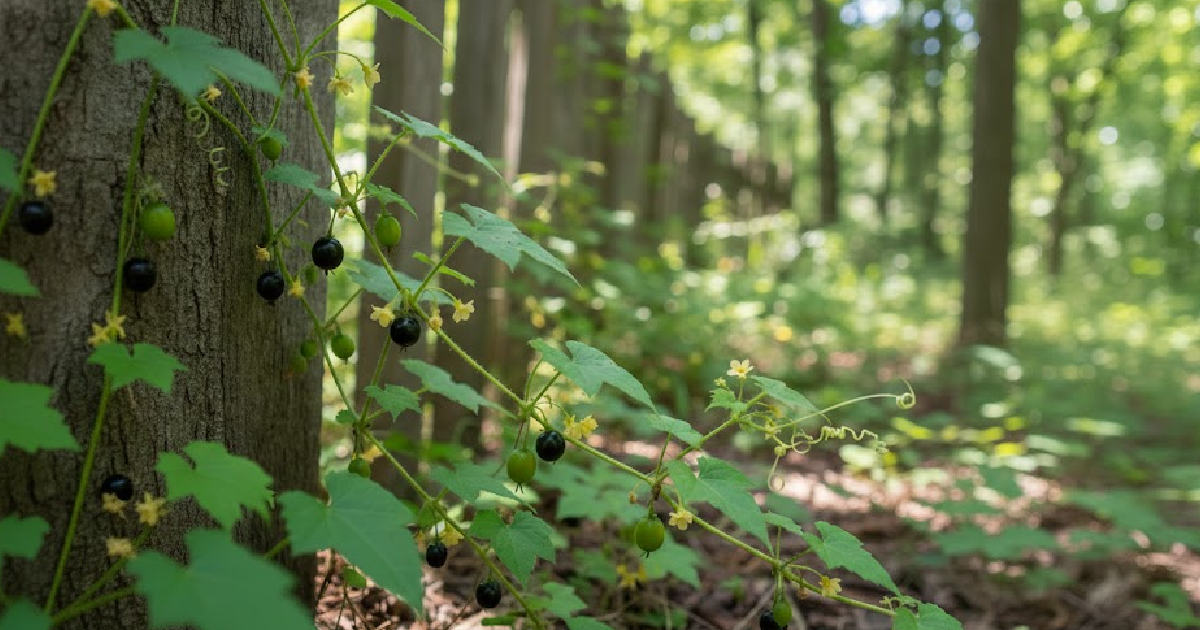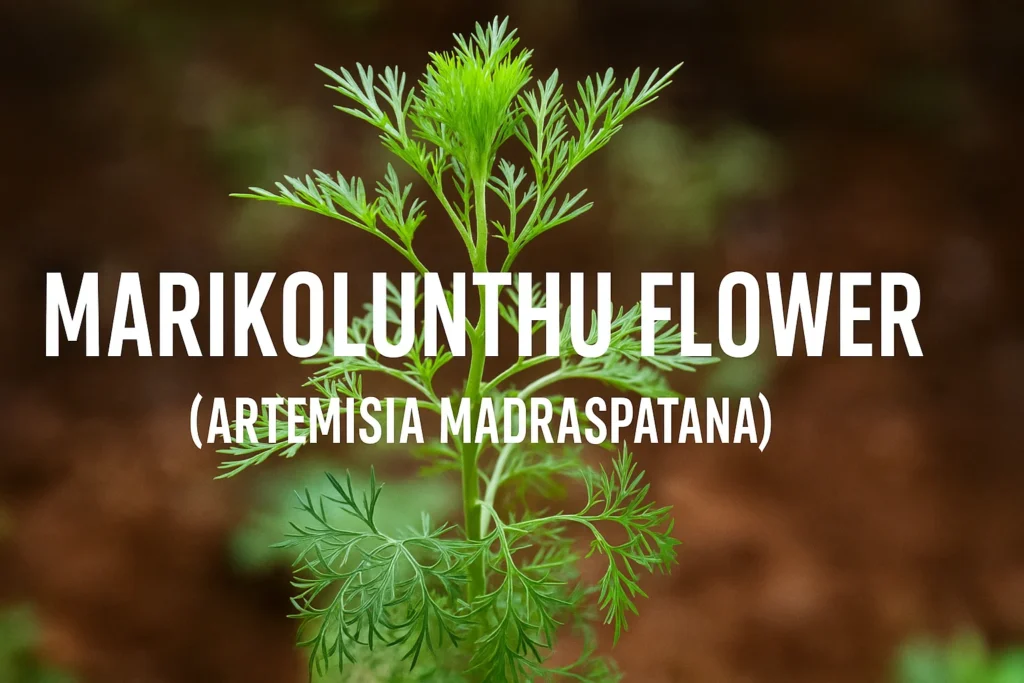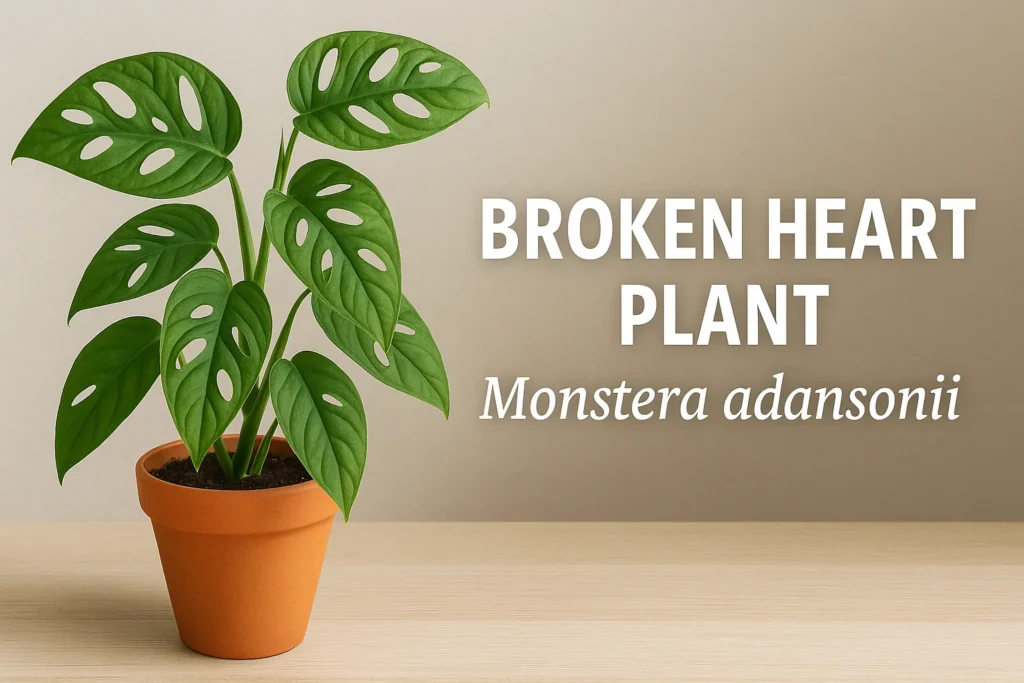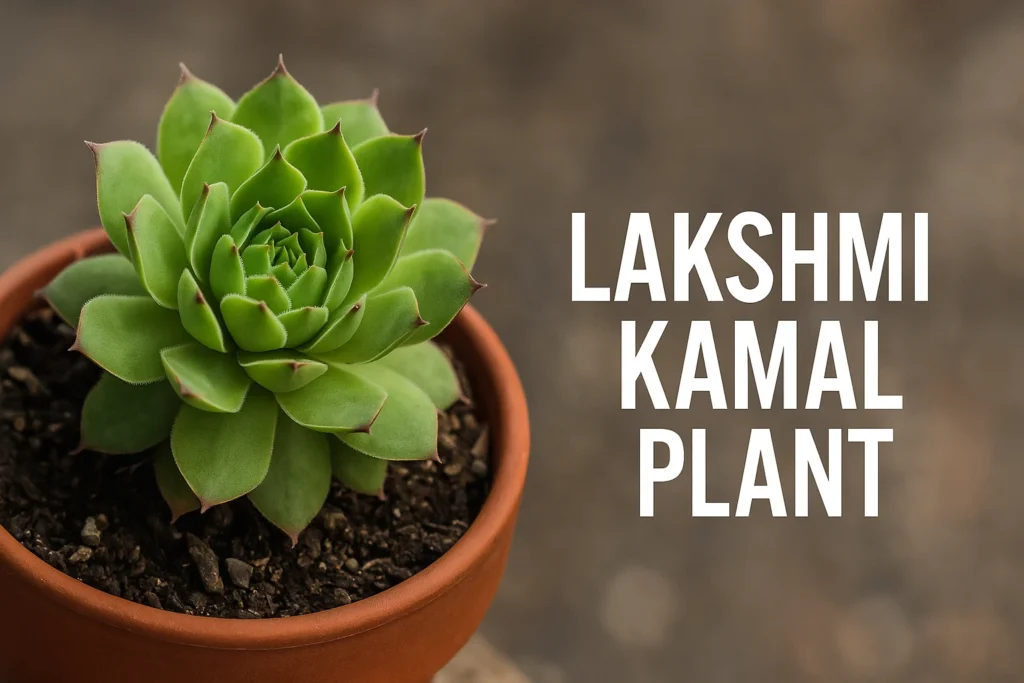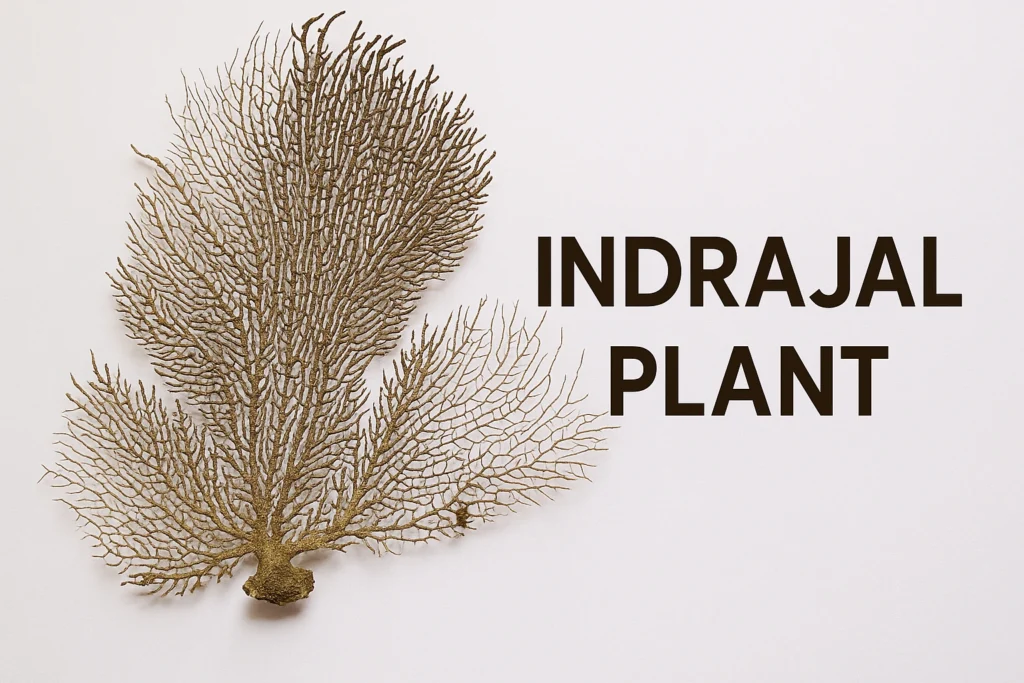If you’ve noticed a delicate vine with tiny cucumber-like fruits trailing across fences or hedges, you’ve likely come across Melothria pendula, also called the creeping cucumber. This plant often sparks curiosity because of its look-alike fruits, but it also frustrates gardeners when it spreads too quickly. Let’s explore its features, uses, risks, and the best ways to manage it.
What is Melothria Pendula?
Melothria pendula is a perennial vine from the cucumber family, Cucurbitaceae. Native to North and Central America, it thrives in warm, moist environments and grows vigorously across open ground or up supporting plants.
Key identifiers include:
- Small, grape-sized fruits resembling miniature cucumbers
- Fruits turn black when overripe
- Thin green vines with curling tendrils
- Leaves similar to cucumbers, though smaller and pointed
Because of this resemblance, many wonder if these “wild cucumbers” are safe to eat.
Creeping Cucumber Plant Features
Creeping cucumber has a charming appearance, but it can quickly become invasive in home gardens. The vine twines around fences, walls, and nearby shrubs, often taking over space meant for other plants.
Notable features:
- Leaves: Heart-shaped to triangular, with a rough texture
- Flowers: Tiny, yellow, star-shaped blossoms
- Fruits: Green, cucumber-like when young, but turning black when mature
- Growth habit: Fast-growing climber, spreading quickly in favorable conditions
If you enjoy experimenting with unusual greenery in your garden, you may also like the contrasting charm of Button Daisy Flowers, which stay compact and decorative at ground level.
Are Creeping Cucumbers Edible?
The number one question about Melothria pendula is whether the fruits are edible. The answer is: only with caution.
- Unripe fruits (green): Some say they taste like cucumbers and can be eaten in tiny amounts. But because reactions vary, they are best avoided.
- Ripe fruits (black): These are toxic and can cause nausea, vomiting, or diarrhea.
- Leaves and stems: Not used as food and not considered safe.
If you’re curious about edible seasonal produce, it’s safer to look at familiar vegetables, such as those in Winter Vegetables in India, instead of experimenting with risky wild fruits.
Common Uses of Creeping Cucumber (Melothria pendula)
Though it is not reliable as food, creeping cucumber has a few practical and aesthetic uses.
- Ornamental cover: Provides quick green coverage for walls, trellises, or fences.
- Wildlife Value: Flowers attract small pollinators, while fruits may appeal to some wild birds.
- Traditional Curiosity: In certain folk traditions, the plant has been noted, though reliable medicinal data is lacking.
If you enjoy ornamental vines, consider safer options listed in guides like Climbing Plants with Flowers which are easier to manage and safe for home gardens.
How to Get Rid of Creeping Cucumber or Melothria pendula?
For many gardeners, this plant is less of a curiosity and more of a headache. Its fast spread makes it difficult to control once established. Practical ways to manage it:
- Hand pulling: Remove vines with roots while they are still young.
- Pruning: Cut back climbing stems to stop them from overtaking fences.
- Mulching: Apply thick mulch to smother seedlings and prevent regrowth.
- Disposal: Never compost ripe fruits, as seeds survive and resprout.
- Consistency: Revisit problem areas regularly until the spread is under control.
If you’re planning a home garden but want to avoid invasive vines, you can focus on manageable greenery with guides like Terrace Garden Ideas for Home for controlled plantings.
Interesting Facts About Creeping Cucumber
Beyond its challenges, creeping cucumber has a few fascinating traits:
- It belongs to the same family as cucumbers, pumpkins, and melons.
- The fruits look edible but become toxic when fully ripe.
- It is often misidentified as an edible cucumber variety.
- The vine is hardy and can grow several feet in just one season.
- Some regions classify it as a weedy plant due to its rapid spread.
Plant lovers often enjoy comparing species from different regions. If you’re interested in regional floral diversity, you may like exploring Kashmiri Flowers Name for a taste of traditional plant names and heritage.
Wrapping Up
The Melothria pendula, or creeping cucumber, is both fascinating and troublesome. Its fruits may catch your eye, but they are unsafe to consume once ripe. As an ornamental, it can provide fast cover, yet it requires careful control to avoid becoming invasive. For most gardeners, it’s best admired with caution, and managed thoughtfully if it appears in the yard.
Frequently Asked Questions (FAQs)
Are creeping cucumbers edible?
The green, unripe fruits may look tempting, but they are not reliably safe. Once they turn black, they are toxic and should never be eaten.
How to get rid of creeping cucumber naturally?
The most effective approach is hand pulling and pruning. Mulching around problem spots can also prevent regrowth without using chemicals.
What animals eat creeping cucumbers?
Some wild birds and insects may nibble on the fruits, but they are unsafe for pets and livestock. Always keep domestic animals away.
Why is creeping cucumber invasive?
It grows quickly, produces many seeds, and spreads aggressively, making it hard to control once established.
Can creeping cucumber be grown on purpose?
Yes, but only for ornamental purposes. Plant it in a controlled space where you can prune and remove fruits to prevent overgrowth.

